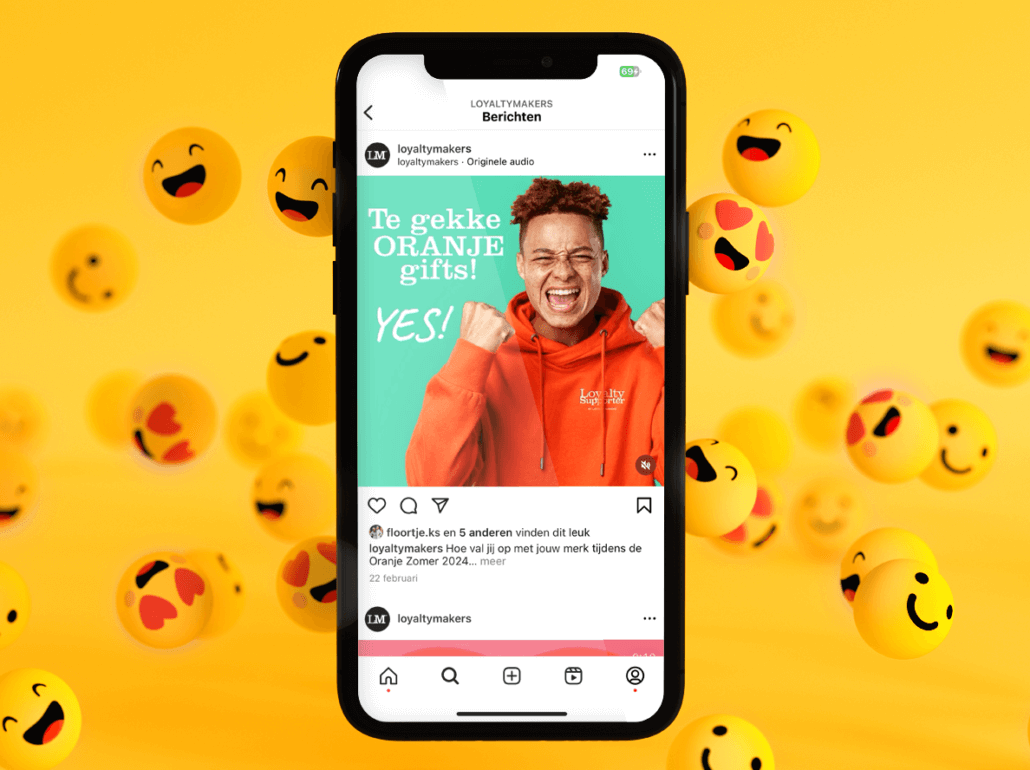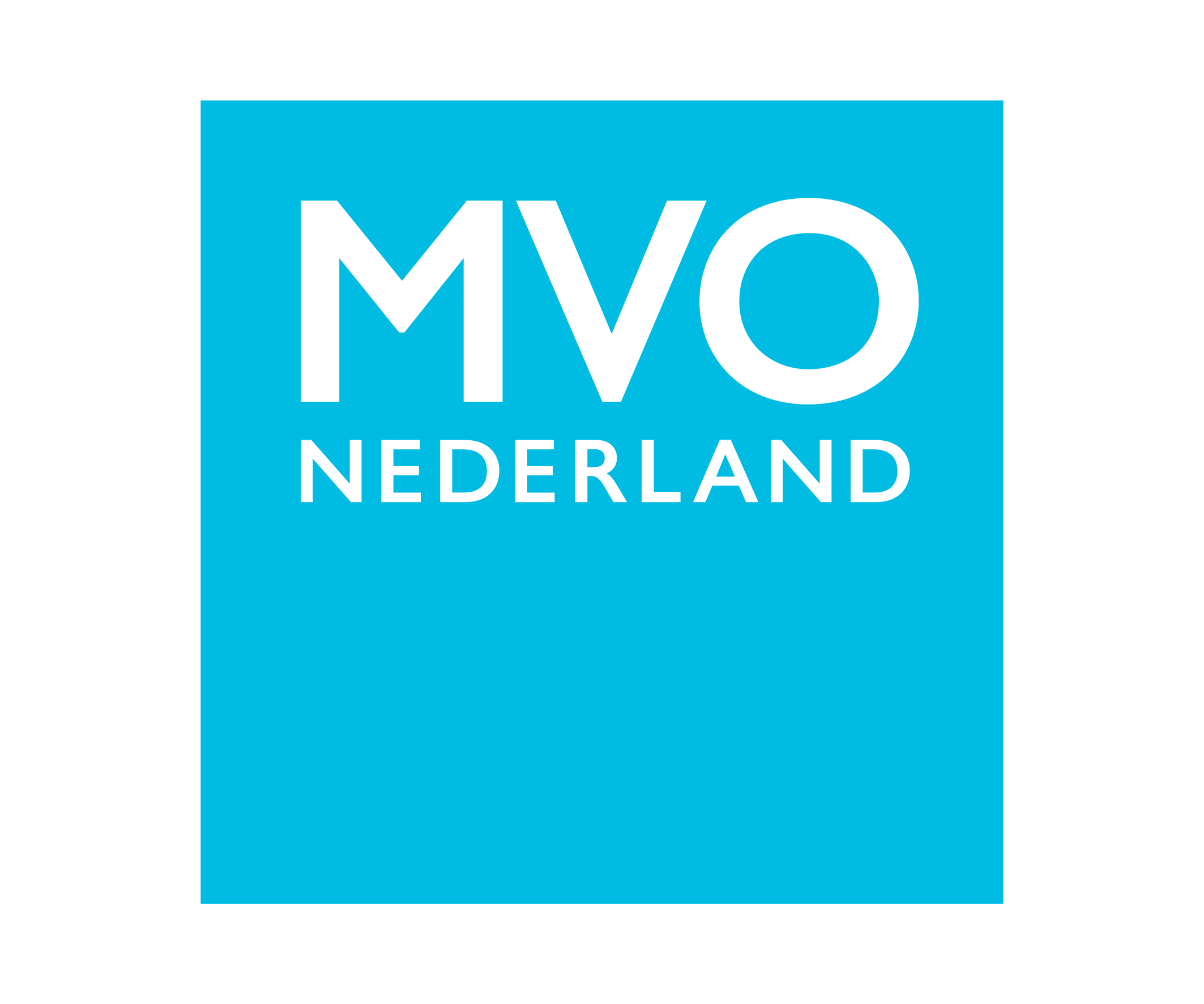© 2024 Loyalty Makers BV
ADDRESSING WITH EMOTION
STORYTELLING
Using storytelling on social media is a powerful and effective strategy for capturing the attention of the audience and leaving a lasting impression. In the world of modern technology and low concentration, storytelling is a valuable tool for establishing an emotional connection with your target audience. In B2C, the emphasis is often on appealing to the consumer’s emotions. Whereas in B2B, the focus is more on rational aspects of the purchase decision.
Laat je verder inspireren
The impact of stories
5 aspects that play an important role in storytelling:
1. AUTHENTICITY
One of the most important aspects of successful storytelling on social media is authenticity. People want to be able to connect with real stories, personal experiences and emotions. Brands and companies that tell an honest and genuine story often have a better chance of gaining loyal followers. This does not mean that every story must have a “happy ending”; on the contrary, sharing challenges and setbacks can actually create empathy and understanding.
2. INTERACTIVITY
Interactivity is also an important part of modern storytelling on social media. Users want to be engaged and play an active role in the story. Polls, Q&As and live sessions are some ways brands can increase engagement and create a real dialogue with their followers.
3. COMPLEXITY
In terms of complexity, there is a difference between B2C and B2B. B2C products and services are often simpler and more understandable to consumers. Stories can focus on showing ease of use, benefits and how the product or service fits into the consumer’s daily life.
Marketing around B2B products and services is more complex. They may be more technically advanced or have specific business requirements. The story must demonstrate the added value to the business, explain how the product or service fits into business processes and how it can improve business results.
4. USER GENERATED CONTENT
Finally, we should not underestimate the power of user-generated content (UGC) when it comes to storytelling. Sharing stories and experiences from real customers or followers can not only add credibility, but also create a sense of community and connection.
5. BENEFITS FOR YOU!
By telling a story that is interesting to the potential customer, the left hemisphere of these potential customers will become active. This hemisphere of the brain creates a feeling of happiness, giving people a more positive attitude toward your organization. And when someone develops a positive attitude toward an organization, prospects are more likely to become – and stay – loyal customers!
HOW DOES LOYALTY MAKERS APPLY STORYTELLING?
We are increasingly using our own employees to convey stories on social media. Through videos, we explain who we are and what we do. By using our own employees, we want to increase the connection with the follower. With a little wink, we want to inspire and inform our followers. For example, by making followers aware of end-of-year gifts in a funny way even before the summer, starring: our own loyalty buddies.
So storytelling is not only about influencing a person, but more importantly it is about emotions.










